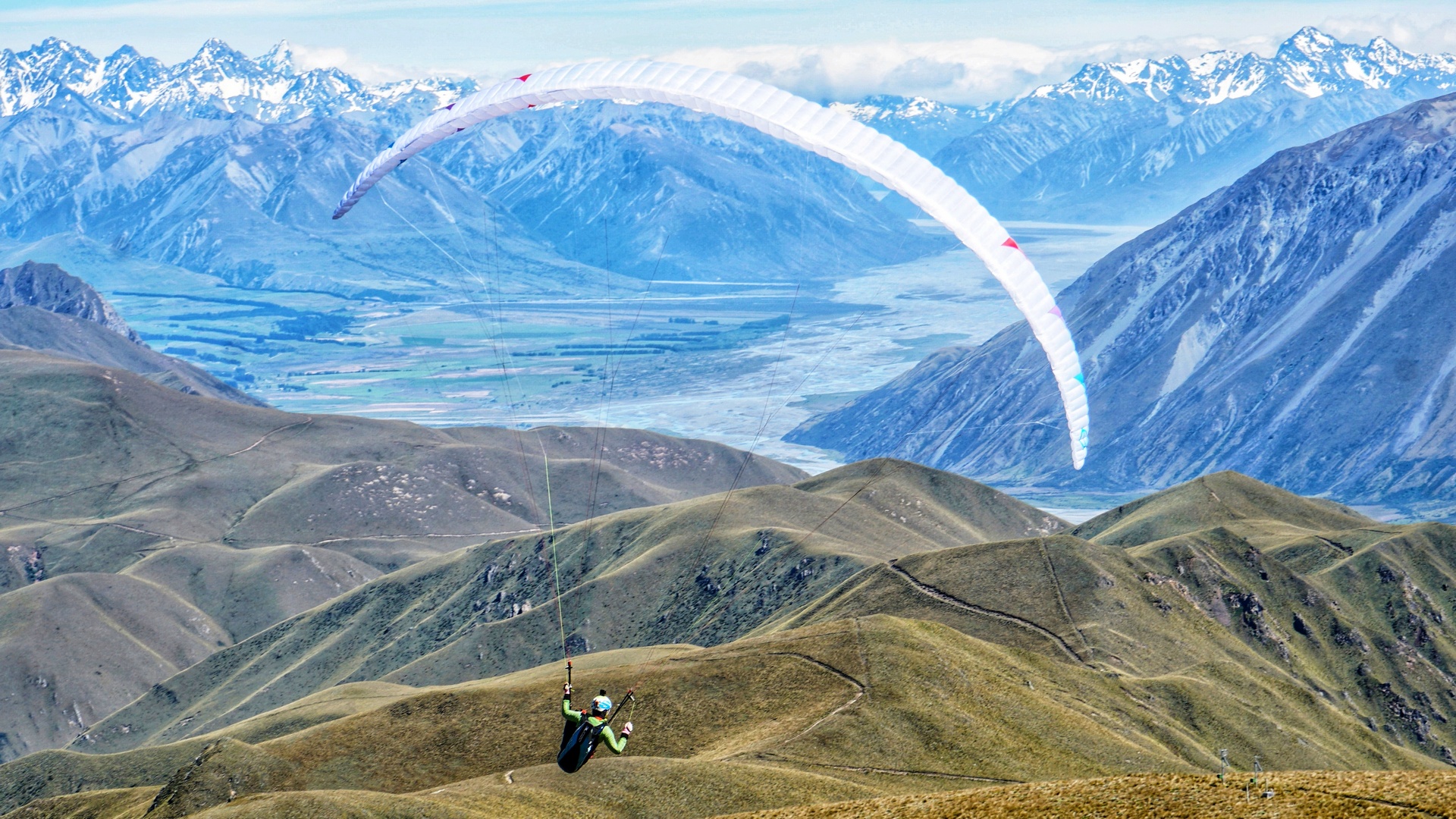
Kinga Masztalerz has flown Phi's "radical 2×2 liner" for a full season in the Southern Alps of New Zealand. She tackled full-on midsummer conditions, including rough lee sides and windy valleys, launching with tail winds and landing backwards numerous times. She also took the Scala Light on solo vol-biv trips and SIV training. Kinga reviews the Scala Light, and compares it to the Advance Omega XAlps 3 and the Ozone Zeolite.
Why "radical 2x2 liner"?
The Scala Light is the first wing to have only four main lines per side (two As and two Bs), whereas standard two-liners have six main lines per side (three As and three Bs). In addition to these, as with other wings, are the stabilo and brake lines, of course.
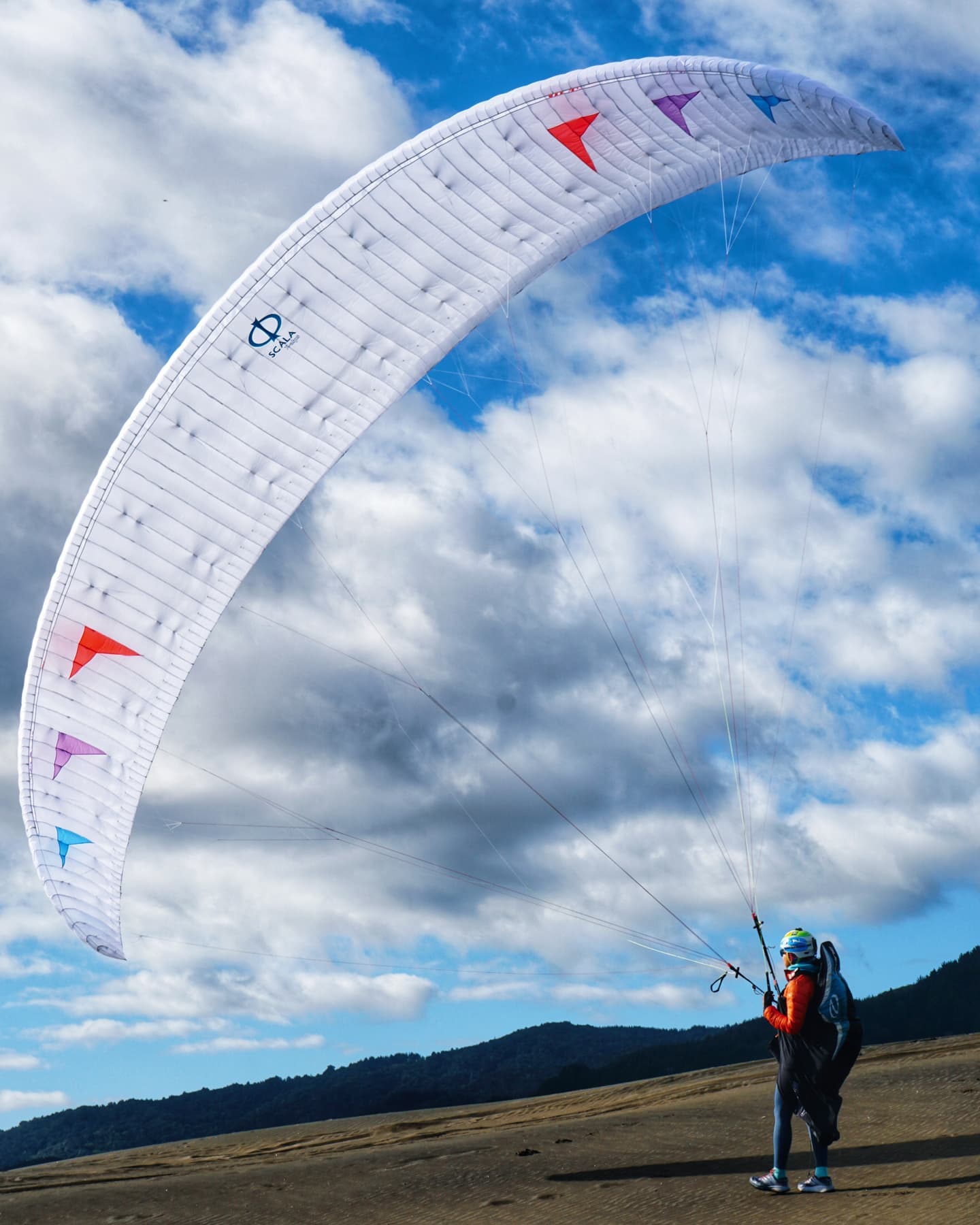
Unboxing
Risers
There’s been an X-Alps-based trend to shave every gram from risers and make them look like spaghetti, but for a wing that’s used in hike and fly racing or vol-bivouac adventures, that’s undesirable. They're difficult to check with one glance, and too often on a tricky take-off you end up launching with something twisted. I've done it myself and seen many great pilots do it. That's why the Scala Light has proper risers with latches and very comfortable large B control bars. The soft links are nicely covered so they won't hook on anything. Just perfect risers for this type of wing.
Lines
Well, there aren't many! However, they're well marked, and it’s obvious how to find a stabilo or whatever you need in an emergency.
Canopy
It’s compact and easily manageable. Short, flexible rods make packing super-easy and the whole glider very compact.
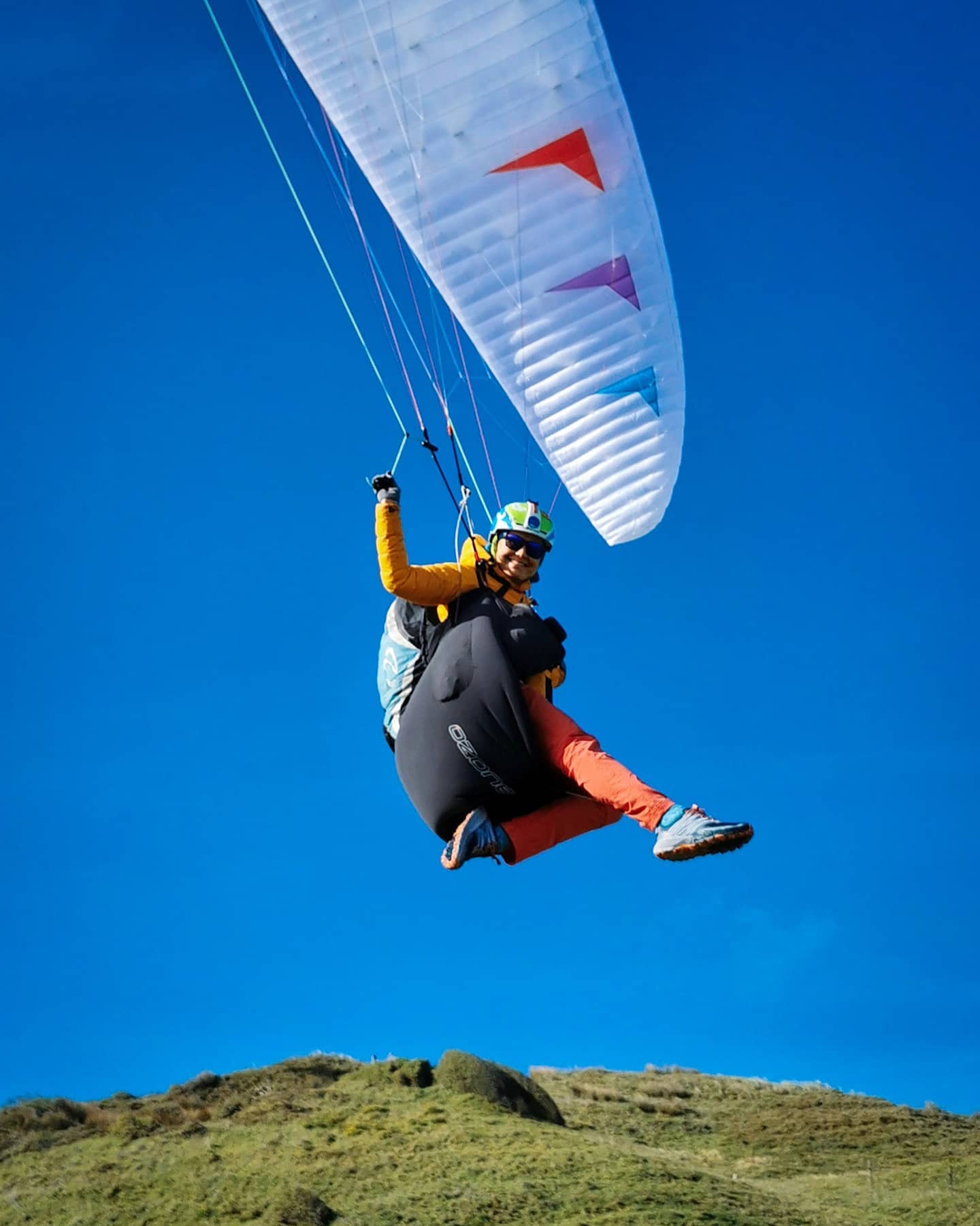
Take-off
This thing is so easy to launch! I've flown trickier EN B wings. It stays on the ground if you want it to, even in strong winds, and rises at the slightest touch when you say so. It goes up like a dream, literally self-centring, and with very intuitive brake input timing. It's incredibly straightforward: I needed no adjustment period, and there was no weird shooting, snaky behaviour or uneven acceleration through the power zone, just super-smooth and even rise.
In weak or no wind it doesn't hold the wall as easily as some more rigid canopies and often breaks in the centre a bit, like many other high AR wings, but it's still easily manageable and I probably wouldn't even notice it much if I hadn’t seen footage from towing with back wind (yeah, I know!)
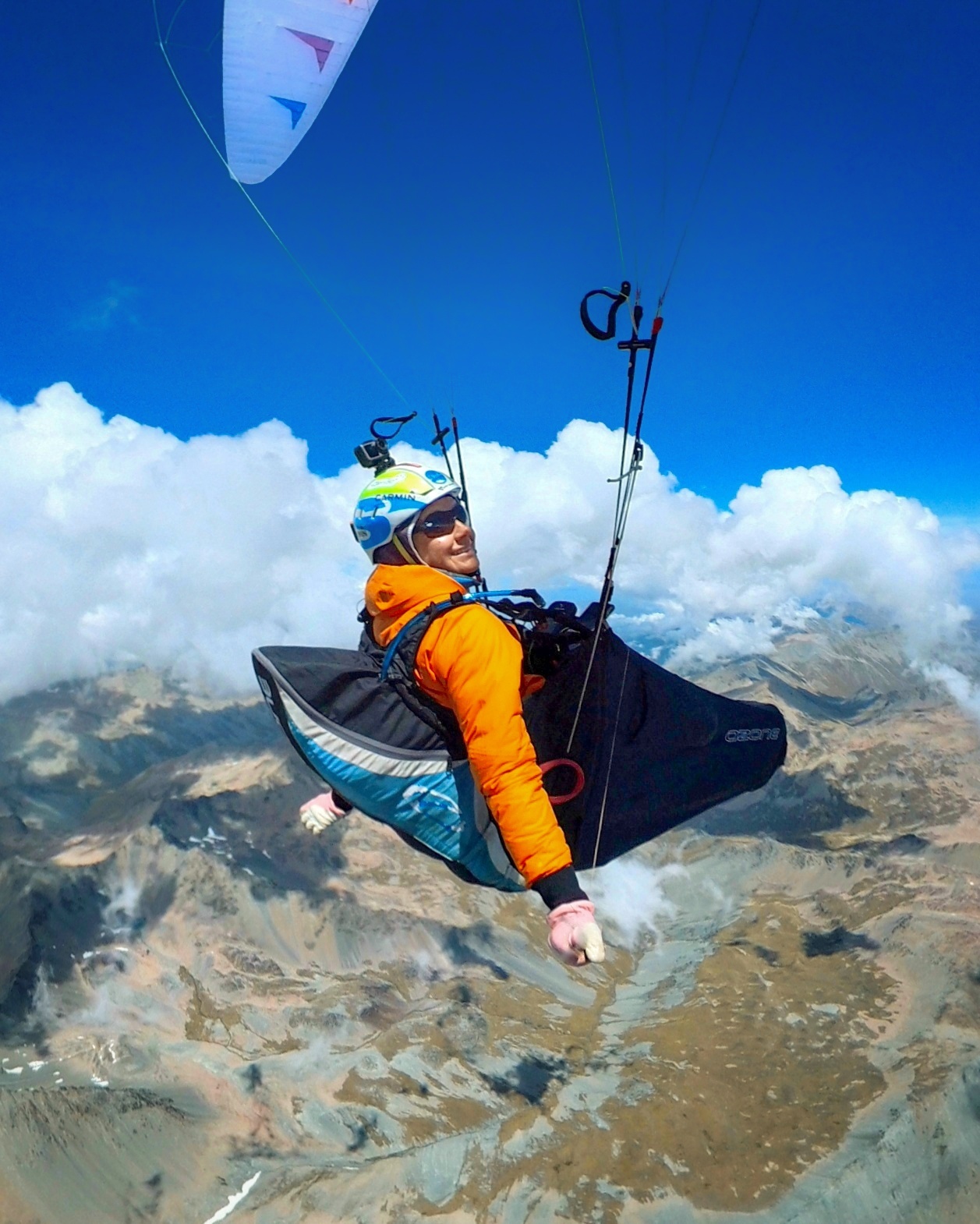
In flight
The handling is very straightforward. The canopy transfers air movement precisely to the brakes. In dynamic air, it's a talkative canopy with quite a soft feeling, which I personally love. It's easy to recognise what's happening in the air and catch potential pressure loss before it becomes a problem.
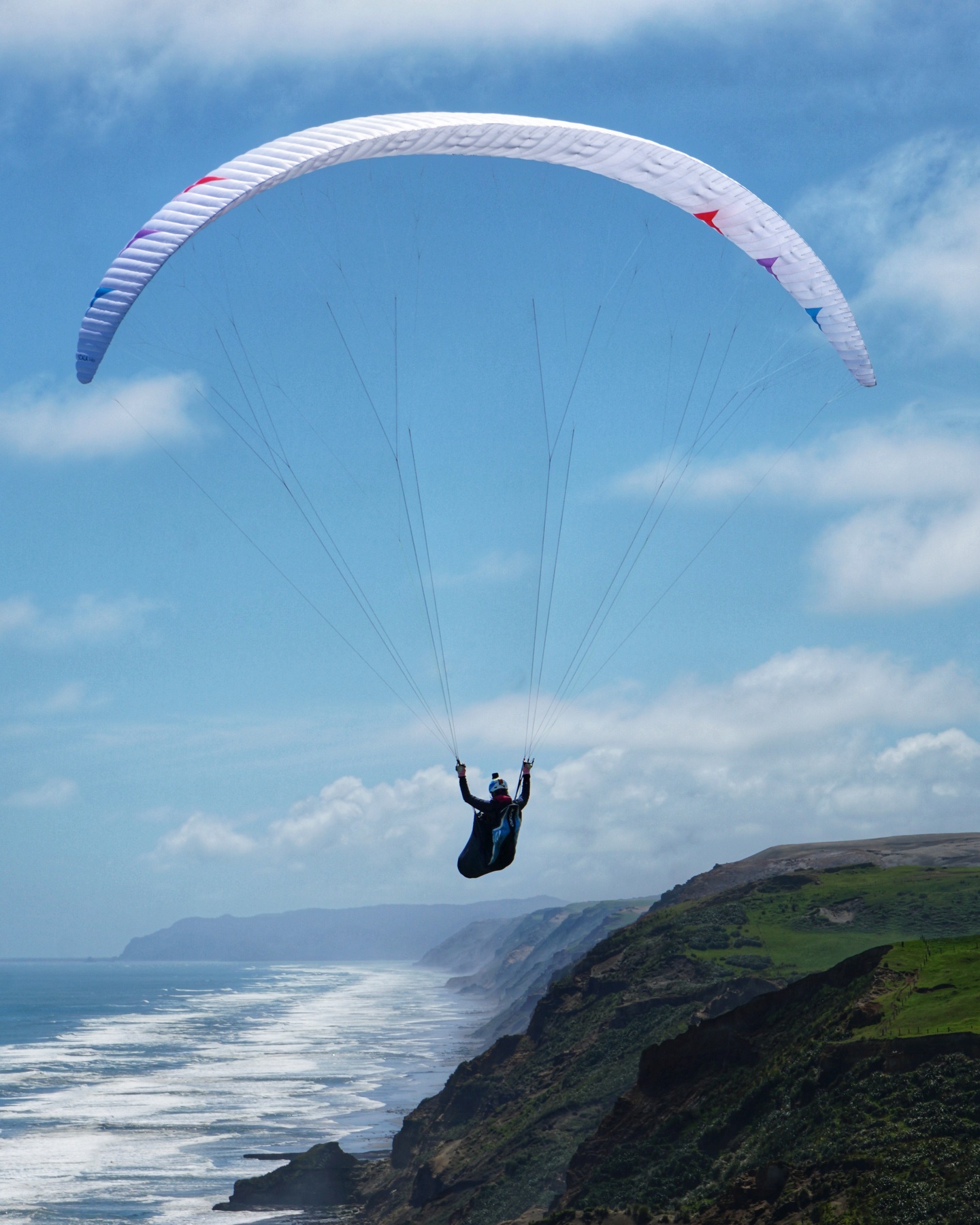
I flew the Scala for the whole season in the Southern Alps of New Zealand in some full-on midsummer conditions, and took her on vol-biv, into some rough lee sides and windy valleys. I took off with back winds, landed backwards quite a few times, and didn’t have a single proper collapse. The canopy is very stable, but not “cemented”. It requires active piloting, but even when at times it started losing pressure, it communicated clearly and it was easy to give it proper, timely input and stop it from closing.
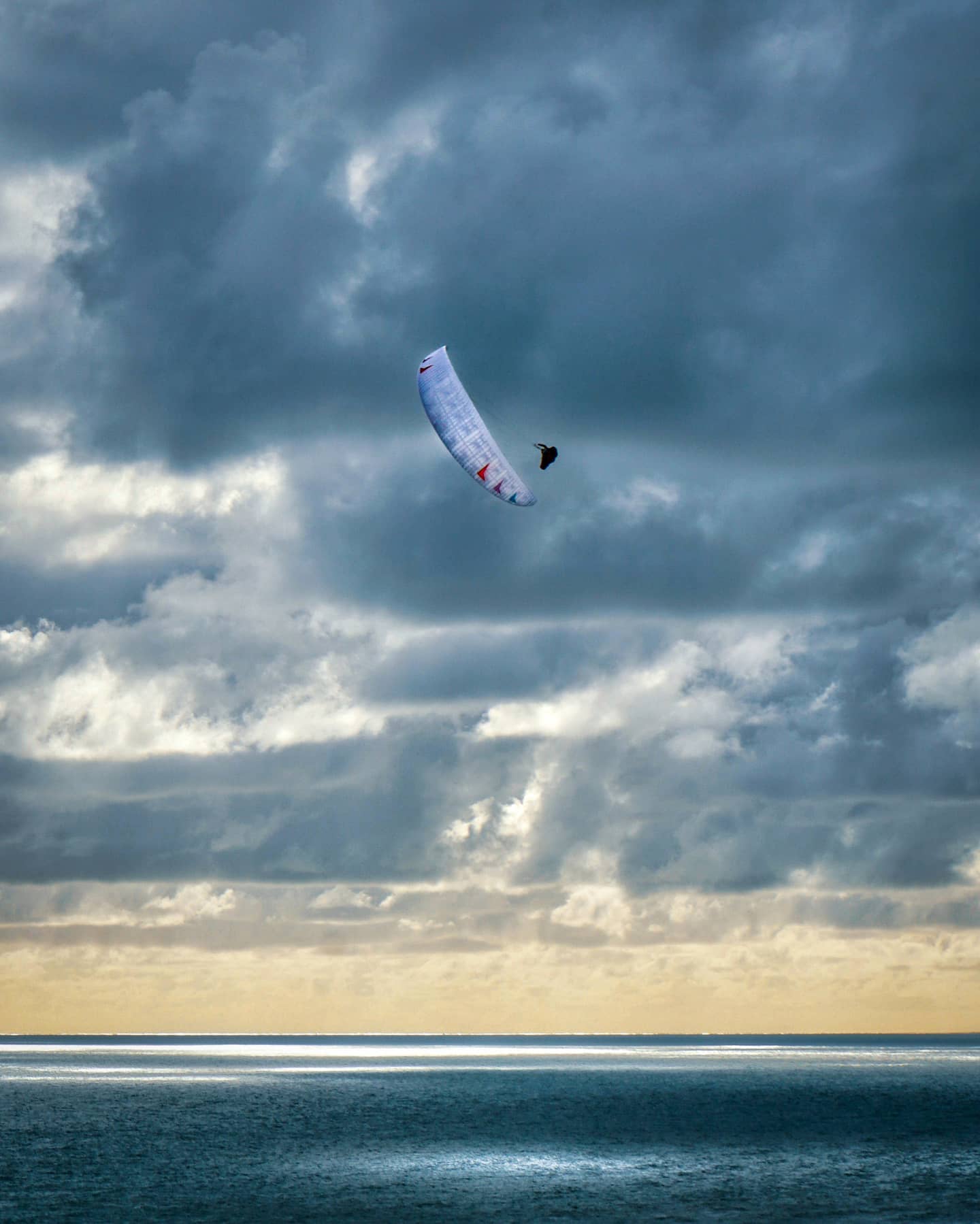
The brakes are linear and soft with precise feel, with short travel typical for the class. It’s less physical than the OXA3 or Zeolite, and the handling’s more subtle. I often compare it to talking: I like wings to whom I can whisper my commands, and don't have to yell at them! Just a personal preference of course; I know there are pilots who prefer harder brakes.
It turns flat but at the same time it's very agile, it immediately reacts to weight shift and you can wingover it easily. I've never flown a wing which combined these two elements so nicely.
On the speed bar… ahh! This is where Scala shows what she's made of, a true X-Alps machine. What's more, the full speed range is very usable, and the feeling on the bar is very clear, with precise control using the B risers.
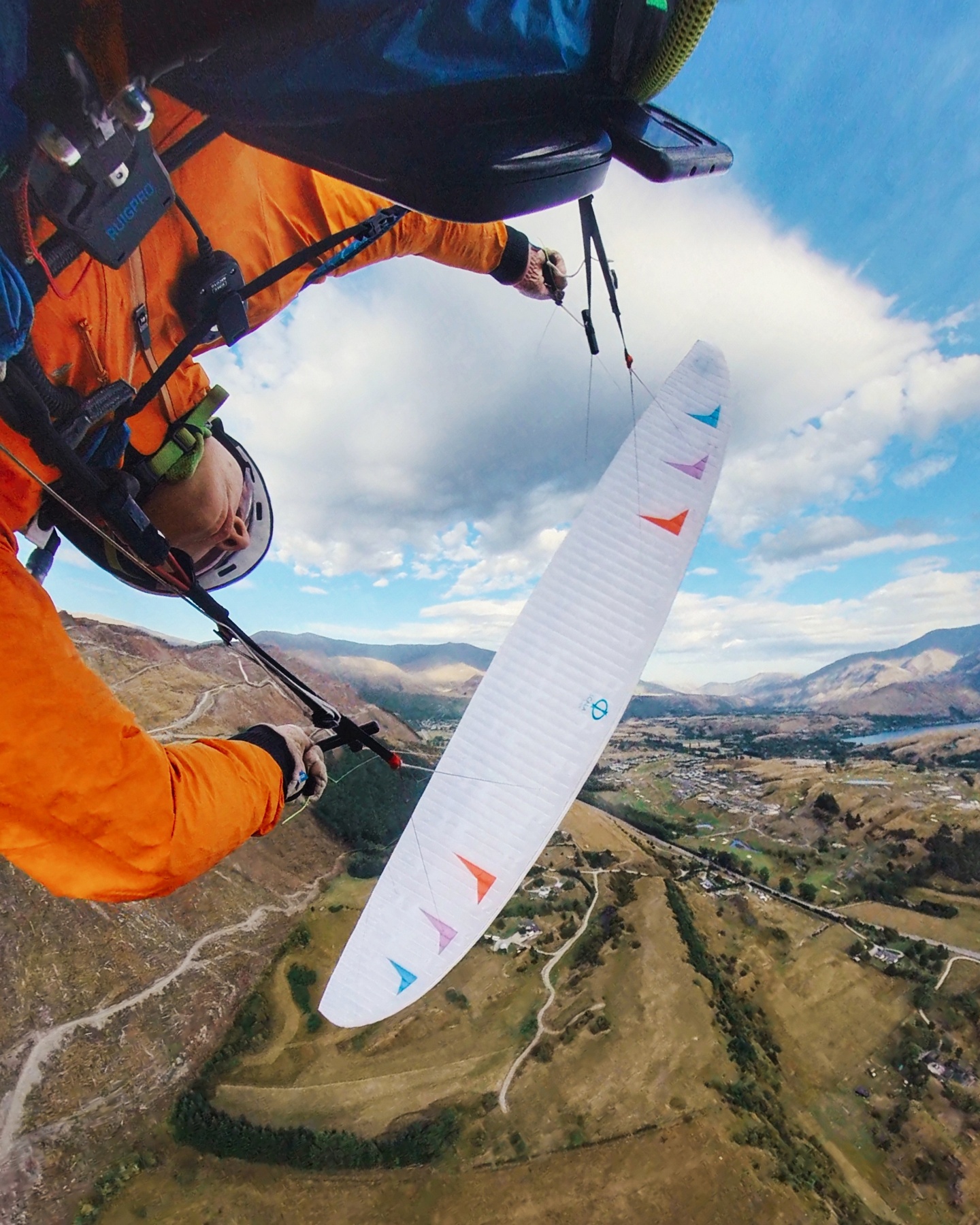
Landing
An obvious stalling point and relatively low minimal speed make for a wing which can be easily put down anywhere. The flexibility of this canopy is amazing. It has heaps of speed, but then I can flap the hell out of her and she gracefully responds and goes down vertically.
Specials
Like any other wing in the category, the Scala requires a two-phase stalling technique, but it's relatively easy to reset, and very forgiving. The backfly window is narrow: large tips are flapping happily, and the centre is already trying to fly forward. There’s a lot of pressure in this canopy! It doesn't have many lines, so a cravat might happen at the exit, but if it does, it can be cleared with the stabilo. I've done about 25 full stalls, including some dirty ones, and had no major problems.
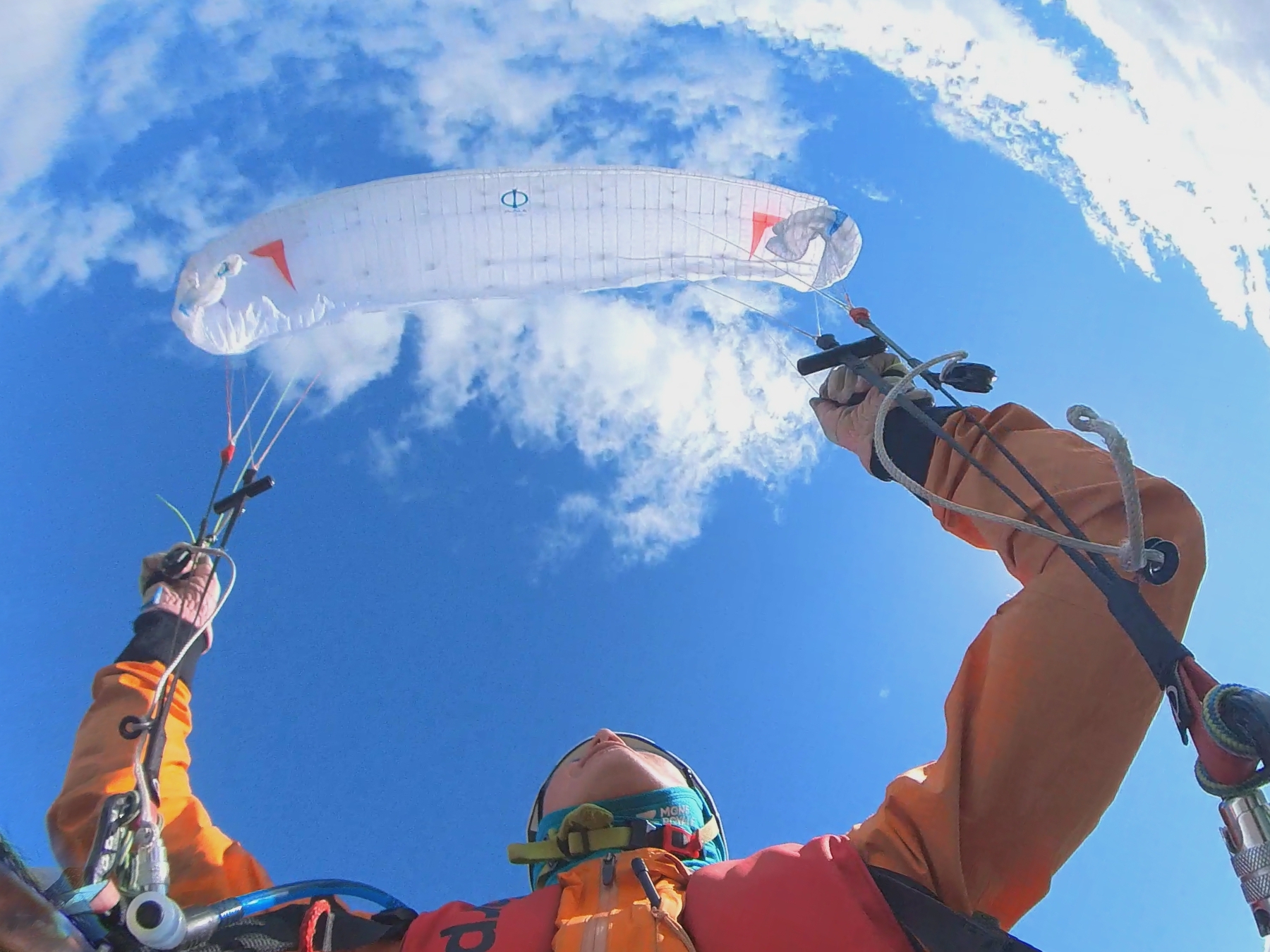
The stall point is very distinct, and you’d have to be very heavy-handed to stall or spin the Scala by accident. Spinning is fun and predictable - you can easily spin 180 degrees flat in one place if you ever need to.
The Scala doesn't do big ears, so that's something to keep in mind. Spiral dive works well, with the descent rate and g-force that you’d expect from a wing in this category.
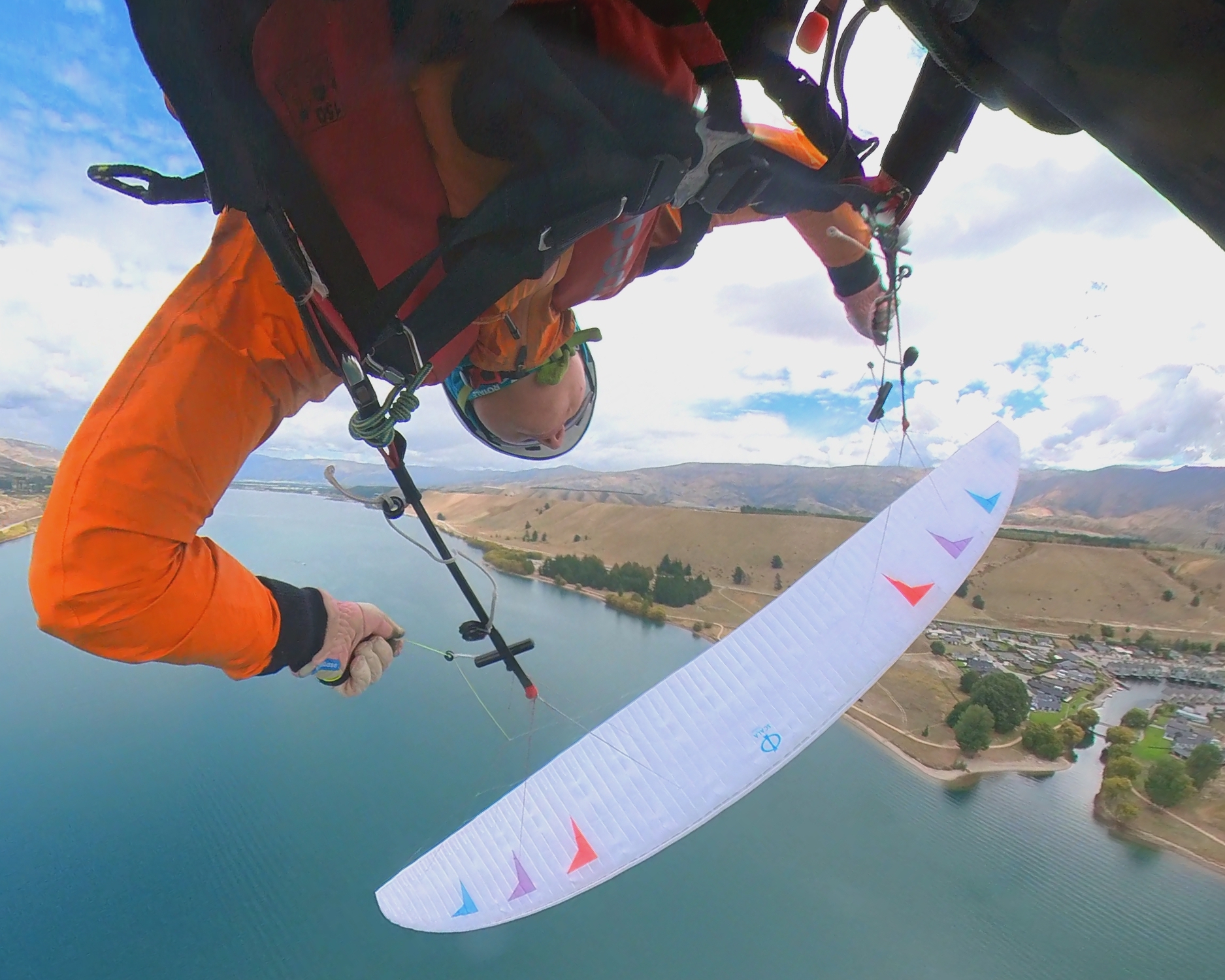
Summary
A sweet, high-end, lightweight, mountain all-rounder with straightforward handling and a beautiful balance between performance and agility in a user-friendly package. Of course, it's a wing for an experienced and current pilot, as it requires good flying technique.
I absolutely love the Scala Light. It's without doubt the best wing I've ever flown, and it's my choice for XC and hike and fly racing. Of course, that's just my personal opinion, but if you're thinking about a wing in this category, definitely give it a try.
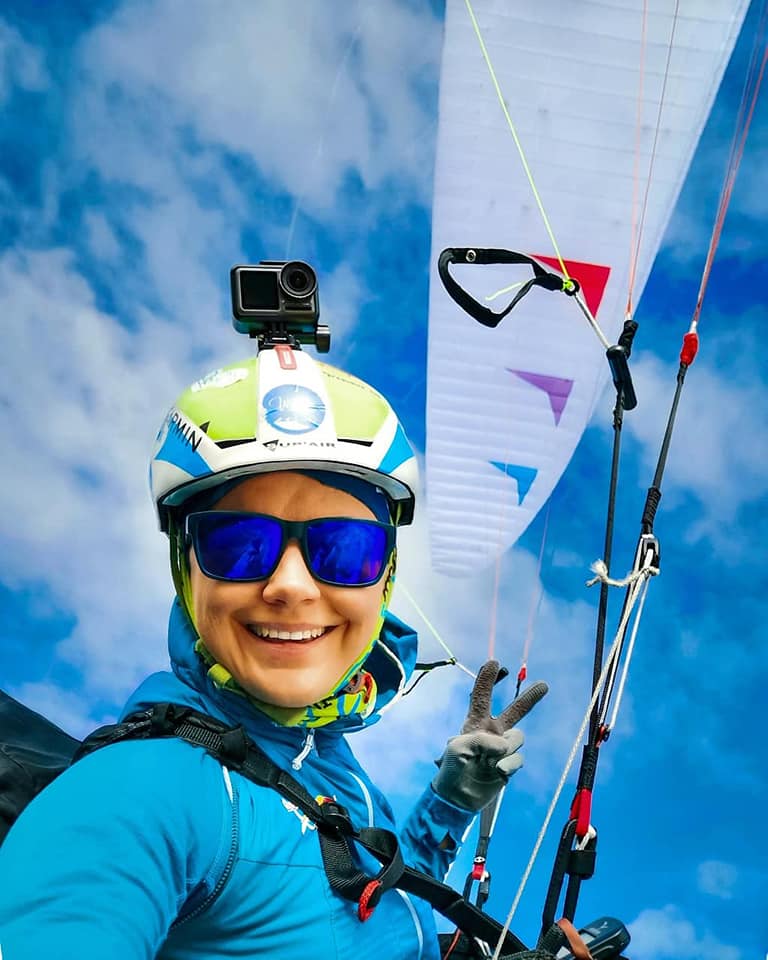
Notes
Kinga flies the Scala Light (originally named Scala X-Alps) size 18 in 'Kinga' colours at 78-85kg take-off weight with Supair soft links. Her harnesses are an Ozium (size M with S pod), Supair Strike Pro (made to measure), or Skywalk Range X-Alps 2.
Find out more about the Phi SCALA light
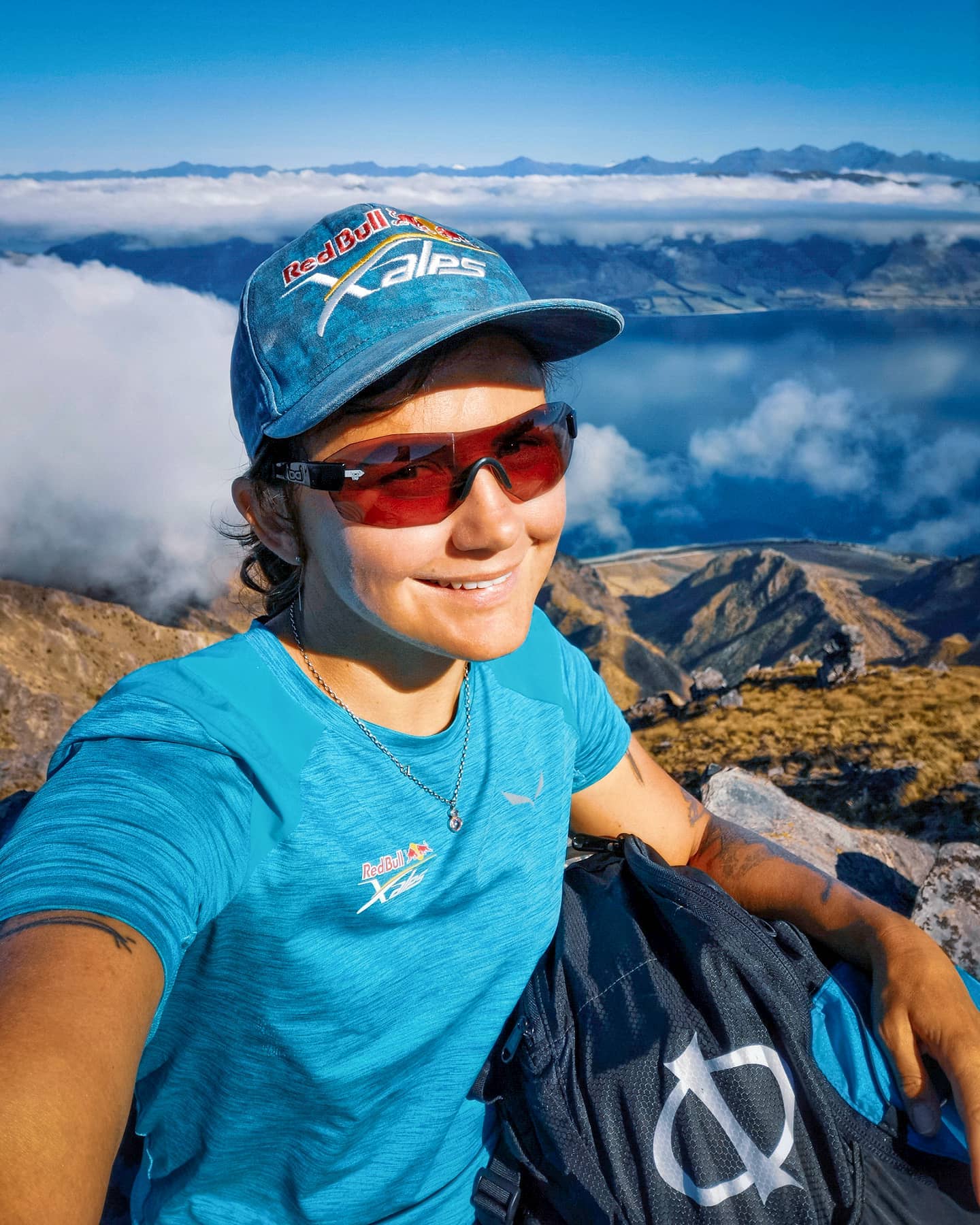
About Kinga
Paraglider pilot. Adventurer. Life lover.
Kinga is a mountain paragliding pilot and adventurer specialising in vol-bivouac and multi-day hike and fly expeditions through the mountains "by fair means". She’s one of a few pilots in the world, and the only woman, executing big solo vol-bivouacs.
She’s a Red Bull X-Alps athlete, the only woman in history to qualify more than once.
New Zealand national XC champion, and twice national distance record holder.
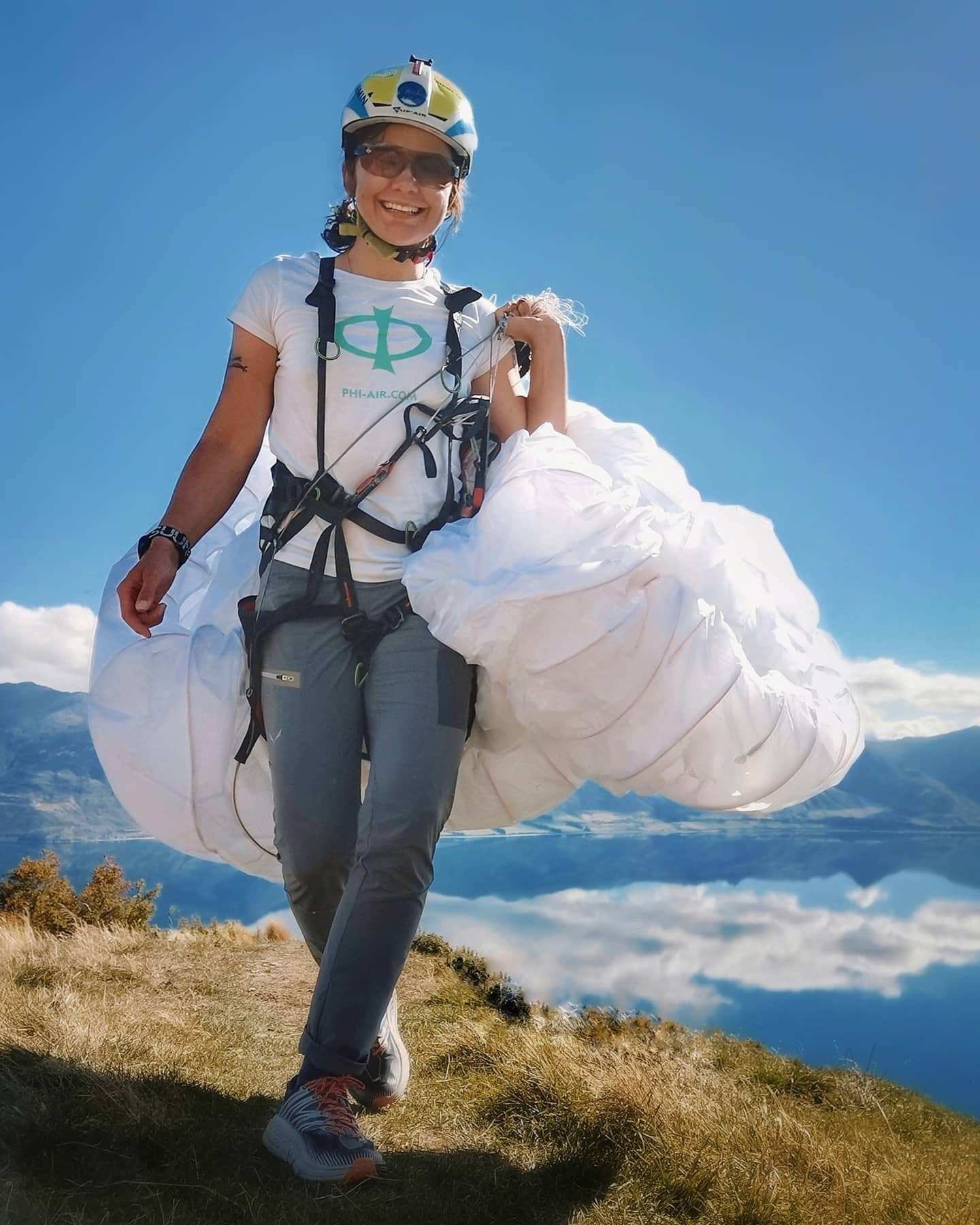
Kinga’s a nomad, constantly chasing the best flying conditions between New Zealand, the European Alps and the Himalayas, flying, racing and organising vol-bivouac courses. Her heart is in the mountains, her head is in the clouds.
Kinga also loves sharing, writing and helping others to reach the whole capacity of what they can become.
In 2020 Kinga was awarded the Jill Borst Trophy for her contribution to popularising paragliding among women. A human, a woman, an environmentalist who loves sharing emotions and coaching other pilots.
In summer 2021 she organised the first Wanaka Hike & Fly ( https://wanakahikefly.nz/ ), the first hike and fly race in New Zealand. In February 2022 she organised the second edition.
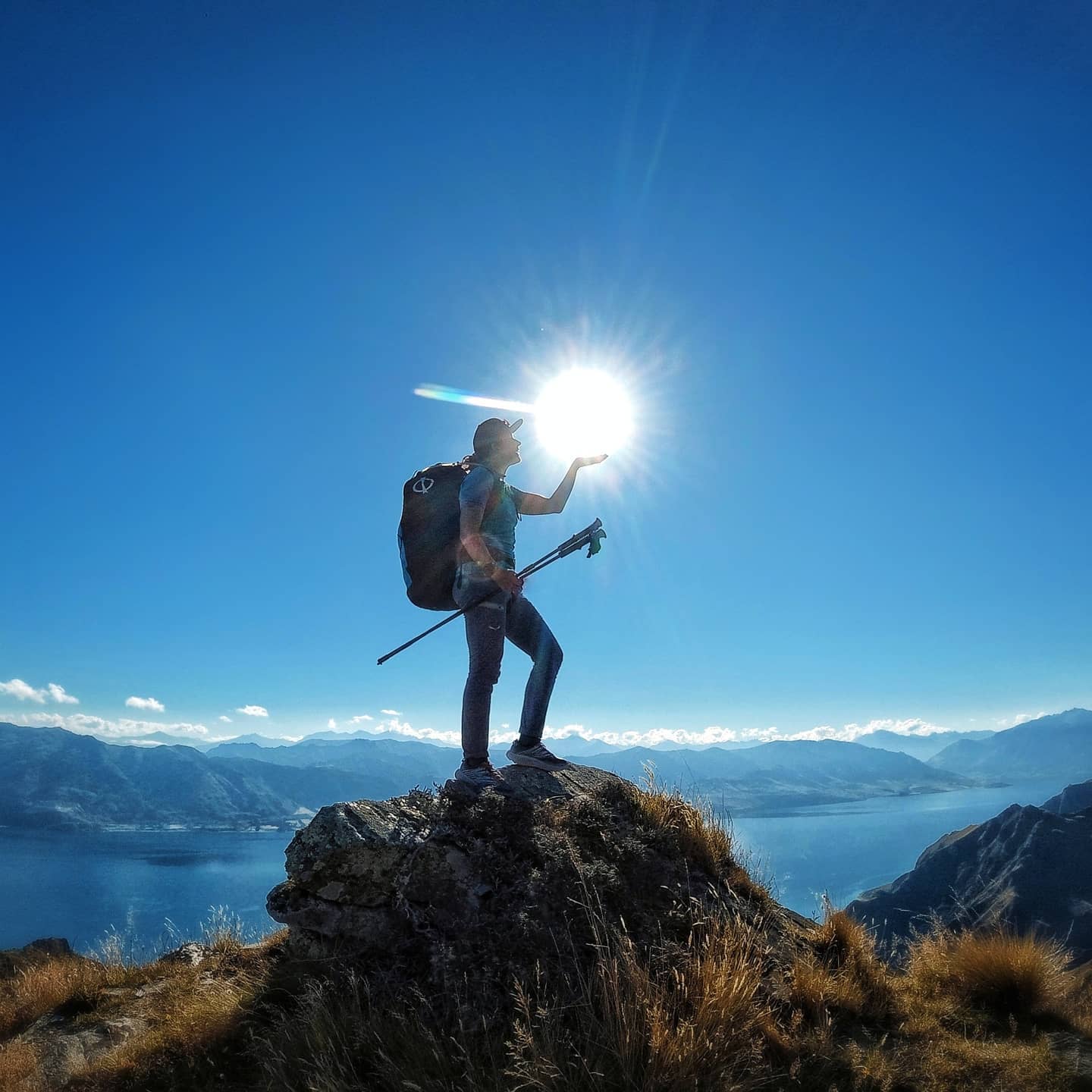
"Flying in the mountains is so special for me, as it takes who I am and amplifies it all. All my strength and commitment translate into joy, all my fears and limitations become naked and shamelessly obvious. Good decisions are rewarded, mistakes immediately punished. Being too shy, lacking confidence will take me nowhere, cockiness will be immediately humbled.
“You might be an alpha or a very shy person, super-fit or obese or paraplegic, always surrounded by a bunch of friends or having social anxiety; in the air none of it matters. There’s only you and your decisions, your headspace, your courage to go for the unknown.
“In everyday life on the ground we can always hide our fears, distract ourselves from any inner issues, find excuses, blame others.
“In the air I truly am."
- Kinga Masztalerz
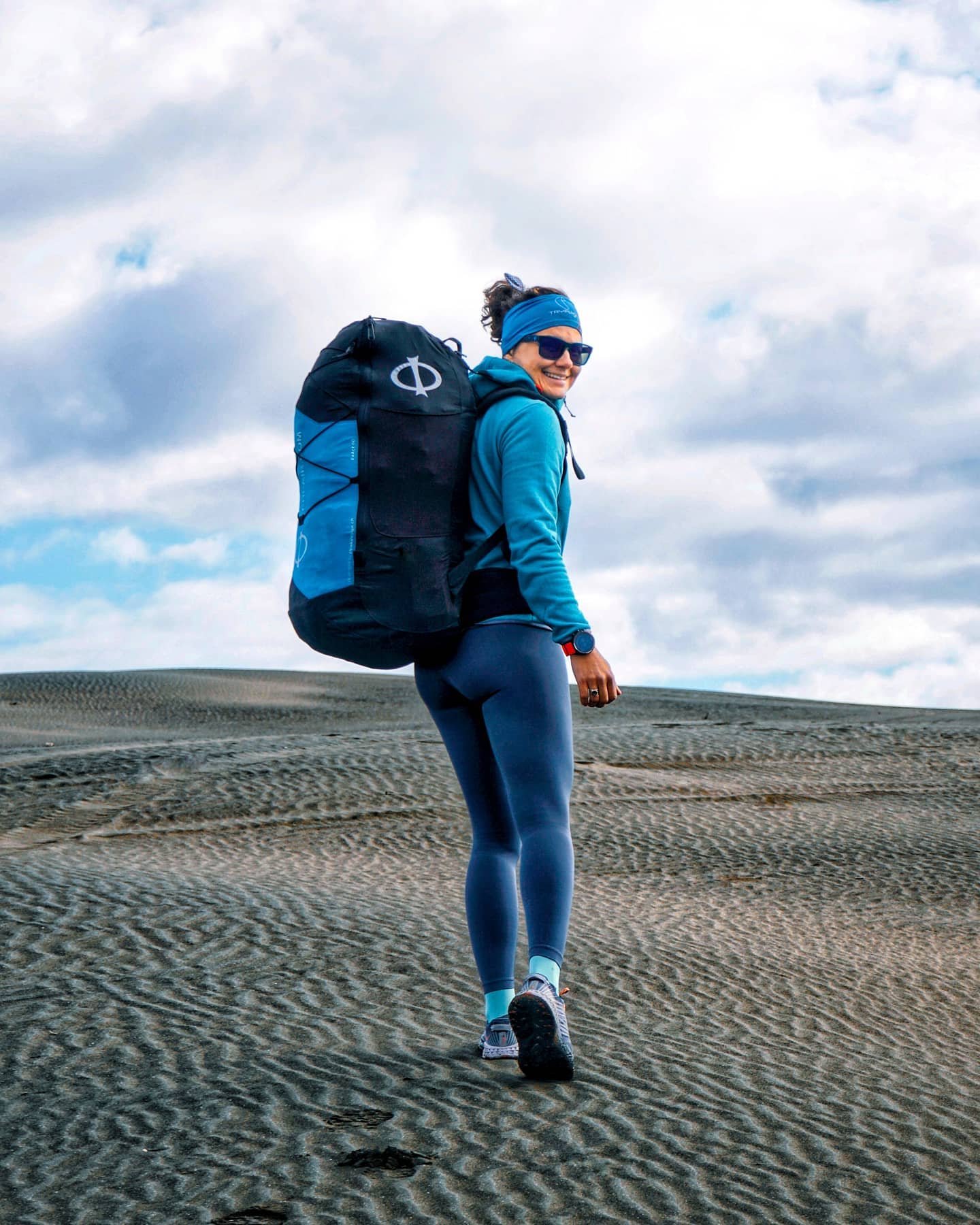
Visit Kinga's website: http://kingamaszta.com/
